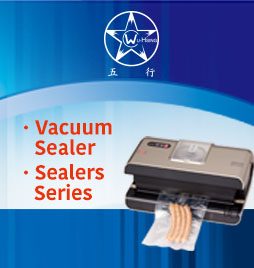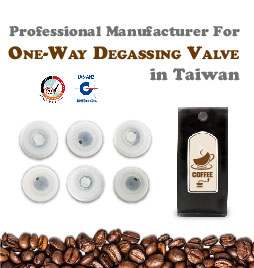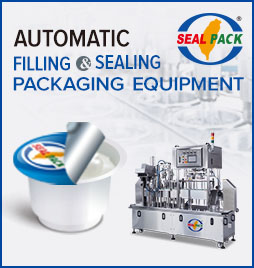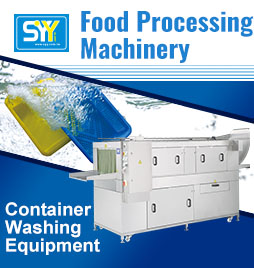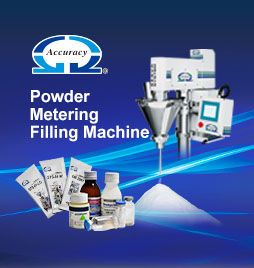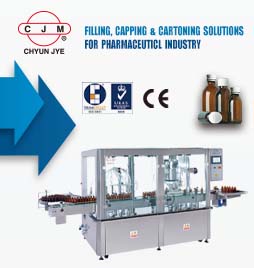Beyond Cola: The Strange Flavours Of Soft Drinks
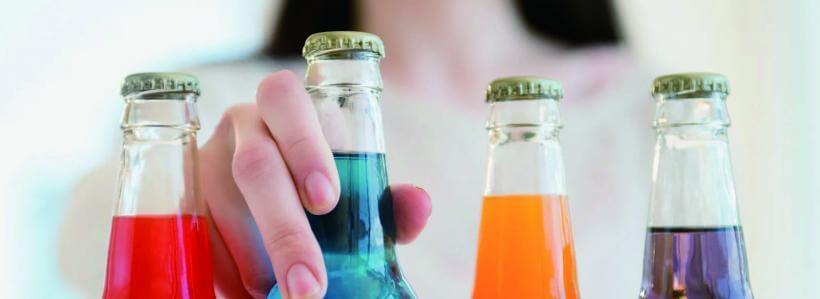
From drinks that taste like cough medicine to sodas that contain fish roe, there is a vast and varied landscape of flavours beyond the familiar cola and lemonade.
Once upon a time, there were more sweet sodas than you could shake a stick at. Some were flavoured with cherry syrup, some with lemons, some with the cola nut or bits of sassafras bark. The glass bottles that kept those fizzing elixirs bubbly circulated again and again through a town or community.
They made their way back to the local bottling plant, where the mastermind behind the recipe, or someone who'd bought it from them, filled them back up with fizzy drink. For reasons of pragmatism, these sodas were regional delicacies, generally speaking. They'd spread as far as the bottles could go, and no farther.
The inventions of Johann Jacob Schweppe, the German-Genevan chemist who developed carbonation for drinks in 1783, spread far and wide in the decades after he began to display his wares at World's Fairs. Take this random example: there was a soda water factory by 1918 in most New Zealand towns with more than 500 inhabitants.
But the rise of disposable plastic bottles in the 1970s sounded the death knell of many small-time beverage tycoons. With the geographical limits imposed by those glass bottles removed, it was cheaper for big brands to buy up the small players and consolidate their operations, says John Nese, the owner of Galco's Soda Pop Stop, a revered pilgrimage site among soda fanatics located in Los Angeles.
But there are still hold-outs from that wild extravagance of flavoured soda water that flourished in the 19th and 20th Centuries – some of them with a real cult following today.
Take, for instance, Moxie, the dark fizzy drink that is the state beverage of Maine in the US. The drink, invented in 1876, was a patent medicine before it was consumed for pleasure – a very common route for a drink to take, as many early soda inventors were pharmacists or chemists.
Moxie can still strike the uninitiated as a trifle medicinal. Nese recommends taking your time with it. "If you sip Moxie slowly, you may get a cola-root beer-cinnamon-vanilla-liquorice-black cherry flavour," he advises, sommelier-like. "If you try to drink it, you're going to get carbonated cough medicine." (In 2018, Moxie was bought by Coca-Cola, following many other small beverage brands before it.)
In New Zealand, where those tiny local soda bottlers were once commonplace, Foxton Fizz is a reminder of that golden age. Foxton, a small town of about 3,000 people on the country's North Island, is home to a bottling plant which first opened in 1918, and the brand was bought by a group of fizz fans when the local family owners decided to step away from the business. The company's sodas, with flavours like lime, raspberry, and kola, have been clanking their way around the region in glass bottles for more than a century. The creaming soda is a real seller, says managing director Matt Whorton.
But even after alcohol sales were legalised again, people's love of soda continued
"It's kind of the champagne of sodas, we like to say," he said. "If you like French vanilla ice cream, you'll probably like creaming soda."
In the United States, sodas and other soft drinks – as opposed to "hard" or alcoholic drinks – had a heyday in the years of Prohibition, when selling alcohol was illegal. Weinhard's Brewery in Portland, Oregon, swiftly retooled itself as a soda concern, pumping out root beer and cream soda that are still available today. For years before, sodas had been ramping up their connection with the temperance movement, with Coca-Cola itself going so far as to call itself the "Great National Temperance Beverage" in 1906. At that time, Coca-Cola was a 30-year-old whippersnapper from Atlanta, Georgia, and making a name for itself; it had only been three years since it had removed cocaine from the recipe. Some bottlers upped the ante with other stimulants in soda.
But even after alcohol sales were legalised again, people's love of soda continued. Some might say it even got out of hand; in recent decades it has become clear that habitual drinking of soda might have a detrimental effect on health. It's almost like we need a temperance movement against the temperance beverage.
And some sodas, Nese says, have quietly changed their formulas many times, in search of cheaper ingredients and better profits margins. If you think Coke doesn't have the bite you remember, you're not wrong, he continues.
"Coca-Cola is not Coca-Cola from 50 years ago," he says. "The lemon, the orange, the lime, the acid they put in there, all of those ingredients are now gone. And it's really a generic taste."
I got in a fish soda. It was made like a Bloody Mary, hot, with peppers and tomato-y flavour, and it had fish roe in it – John Nese
It's better, perhaps, to find the sodas you really dream of – the kind you can look forward to on a hot summer afternoon – and make them a rare treat. If you are in search of a classic cola, Nese recommends the Dublin Bottling Works' Vintage Cola, which he says is patterned after the fondly remembered RC Cola first brewed in 1905. For a fresh taste, perhaps a lemon mint soda. "Most of our flavours are very sweet. But these come from Rieme, and their whole line-up is dry," he said. "That one really stood out to me. I love mint."
If you happen to be in Los Angeles, you can make and bottle your own sodas at Nese's store, using 80 odd-flavoured syrups, including butterscotch and lychee flavors. He cautions that your custom flavours are made at your own risk, and makes no guarantees for the palatability of your imagination.
"If you ever get to Japan, you have to go try their sodas," he continues. "I got in a fish soda. It was made like a Bloody Mary, hot, with peppers and tomato-y flavour, and it had fish roe in it. It was interesting. I didn't sell a lot of it, but everybody bought it, because they wanted to try it out.


